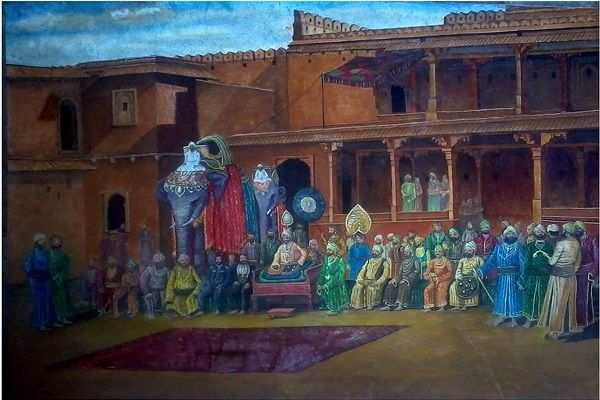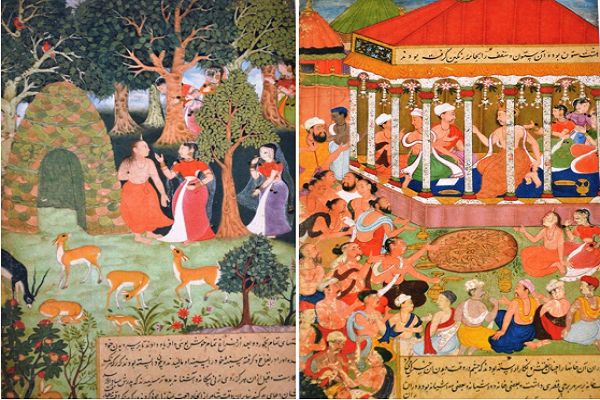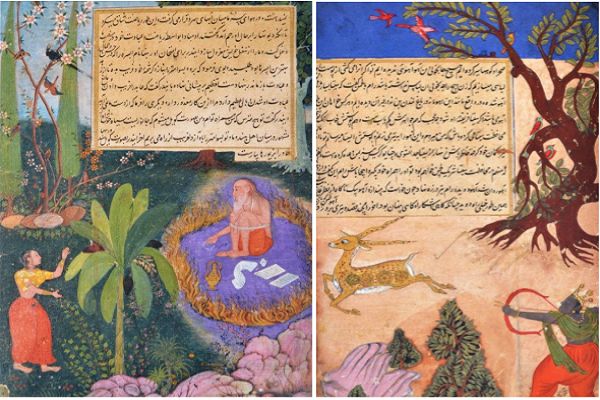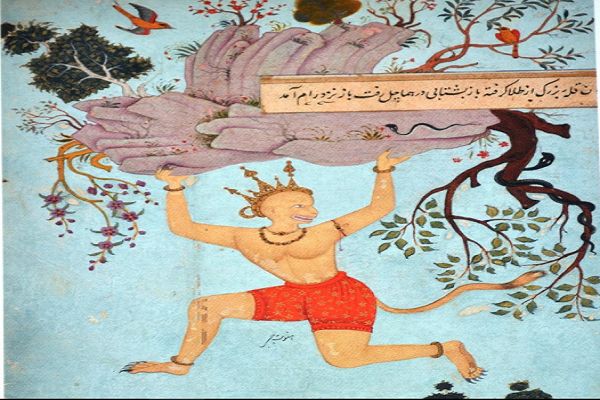
India is known for its rich and diverse cultural diversity. It has been bestowed with people of a different race, color, culture, faith, and religion who have found a home in the tolerant and accommodating environment of our soil.
This could be proved by the fact that India stands 6th in the world in the list of countries having a maximum number of world heritage sites.
UNESCO’s World Heritage Convention, established in 1972 identifies 38 world heritage sites in India which include 30 cultural sites, 7 natural sites and one belongs to a mixed category.
Our country also homes one of the seven wonder of the world i.e. the Taj Mahal. We are also crowned as the country which has witnessed most exotic development of primitive to much-cultivated civilizations.
Indus valley is acknowledged as a cradle of human civilizations which gave birth to Aryan culture. Gradually, the Vedic culture surfaced over a period of time giving birth to the Ramayana and the Mahabharata, the Mahakavya.
The Mughals were also enticed by the ancient knowledge buried in these ancient creations. Akbar, the great also made scribes and scholars of his court to translate archaic Hindu scriptures into Persian and Arabic with beautiful illustrations in traditional Indian art.
Ramayana in Mughal era
Ramayana is depicted in Mughal culture with all its heart and passion. This is one of the most famous mythologies of Hindu religion. Initially, around 600 B.C., it was a part of Shruti- literature which was passed on through generations through orations. With the passage of time and advent of recorded history, it became the part of Smritis- the scriptures which were written and passed on through generations. There are myriad versions of this tale depending upon the geographical and cultural differences. The folklore has developed accordingly and has seen many additions over time.
Ramleela - the staging of the epic story of Ramayana is organized all over India to mark the celebration of Dussehra and to cherish the destruction of all darkness with the burning of the effigy of Raavana. Some days later, Diwali- the festival of lights, celebrates the arrival of Lord Rama and Sita from a 14-year-old exile to their home Ayodhya.
Mughal culture has depicted every important anecdote from this rhapsody beautifully. The protagonist and incarnation of Lord Vishnu, Lord Rama is also known as the Maryadapurshottam-Ramchandra is being eulogized in these Indian paintings.

The traditional Indian art and paintings made in the Mughal era were generally illustrated in Urdu to make them understood to Urdu speaking people. Rama is regarded as a direct and undisputed manifestation and incarnation of the divine and spiritual Narayana. The translations are done in such a way and the words for portraying the feelings behind the painting do justice to the tale. In the painting to the right, King Dashratha, Lord Rama’s father, is seen as celebrating the Horse sacrifice which was done to commemorate the long reign of Ikshavaku Clan or the Suryavanshi Dynasty to which they belonged.

In the first painting, the divine beauty, Rambha is being cursed from sage Vishwamitra because she was the cause of a distraction which ended his worship on the orders on Lord Indra.
Also Read: Traditional Indian Art and its Peppy Epic
Another painting depicts vividly the anecdote when Lord Rama was led away by a golden deer which actually, was a demon named Maricha which helped Ravana to abduct Sita in Rama’s presence. This show how Ravana, an asura, got his hands on Goddess Sita. This resulted in a cumulative string of events and eventually, Ravana was killed and Sita rescued from his cruel clutches.

A painting is dedicated to Lord Hanuman who is worshipped in India as an incarnation of Lord Shiva. He is considered the main catalyst in forwarding the story of Ramayana. Without him, the things would not have culminated in the way as they did as he was an incarnation of Lord
Shiva who is supposed to be with his beloved Lord whom he worships dearly.
The painting above depicts Lord Hanuman carrying Sanjivani Parvat-the mountain of herbs. According to Ramayana, Sanjeevani Booti or Life-giving herb was believed to have powers which could cure ay disease and wound. When Laxman, younger brother of King Rama was hit by a deadly arrow during the epic fight between Lord Rama and Ravana, it was for Hanuman that Laxman breathed new life.
Lord Hanuman burned the Ashoka Vatika in which Ravana held goddess Sita captive. He killed Akshay Kumar, the youngest son of King Ravana, was only sixteen when he got killed after fighting valiantly with Hanuman. Hanuman also helped Lakshamana in killing Indrajeet, popularly known as Meghanad who was the eldest son of Ravana and Mandodri.

These pair of paintings show Rama and Lakshmana fighting demons in the quest of rescuing Sita from the wrongful confinement of Lankapati Ravana.
Ravana had ten heads. For the same reason, he is also known as Dashanan. Dashanan comes from two Sanskrit words ‘dash’ meaning ten and ‘anana’ meaning head. He is believed to have changed all the four Vedas from prose to poetry on the insistence of Lord Shiva. He was very intelligent and powerful and thus, drunk on power, he committed this heinous crime.
Also Read: The Intricacies in Indian Traditional Art
He is said to have overpowered all the devatas including Yamraaja, the god of death and nine planets or Grahas namely,
- Ravi or Surya (the Sun)
- Chandra or Som (the Moon)
- Mangal (Mars)
- Budh (Mercury)
- Guru or Bruhaspati/Brihaspati (Jupiter)
- Shukra (Venus)
- Shani (Saturn)
- Rahu (north node of the Moon)
- Ketu (south node of the Moon)
They were responsible for balancing the cycle of karma by maintaining a balance among the people of earth by giving them the fruit of their actions according to their nature. If anyone did bad acts, he received bad results and was subjected to the wrath of these Grahas. But, Ravana captures all of these in his Golden Palace on the Srilankan island and claimed that he can’t be punished for his crimes. But, he eventually got it. These paintings celebrate the legacy of the great epic that is Ramayana.





















